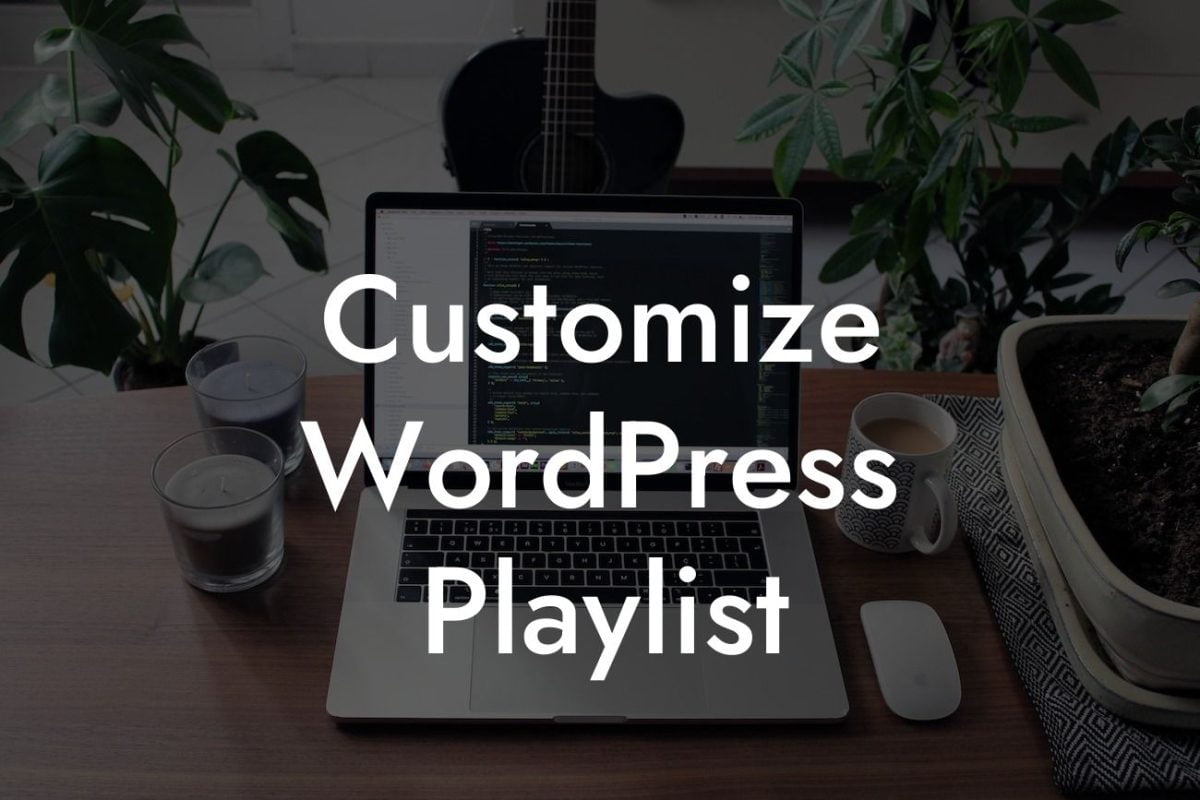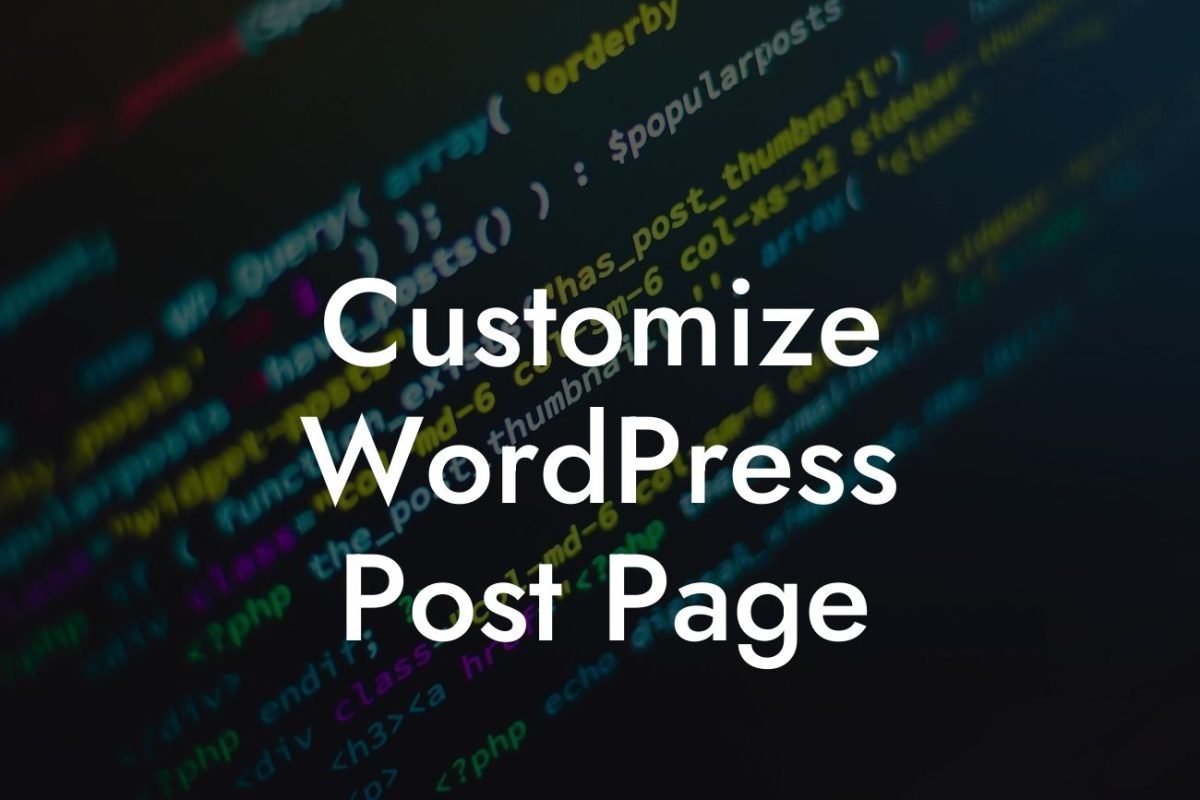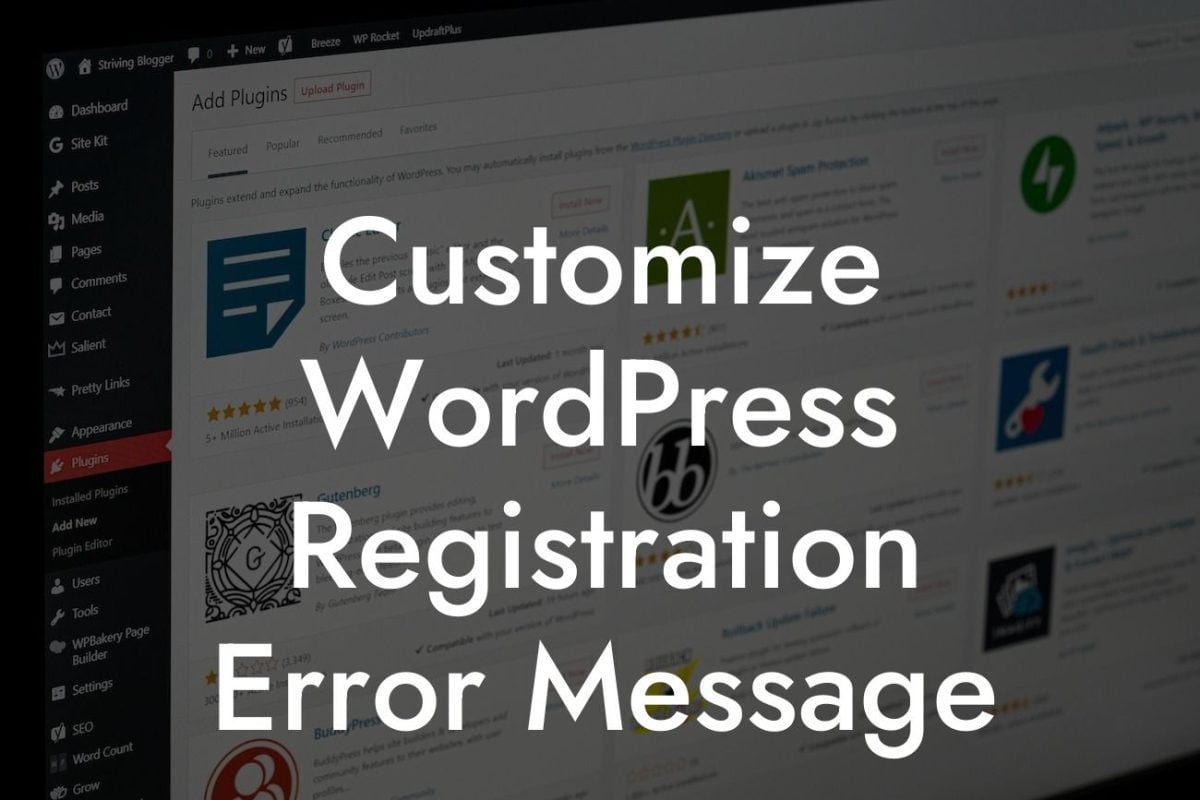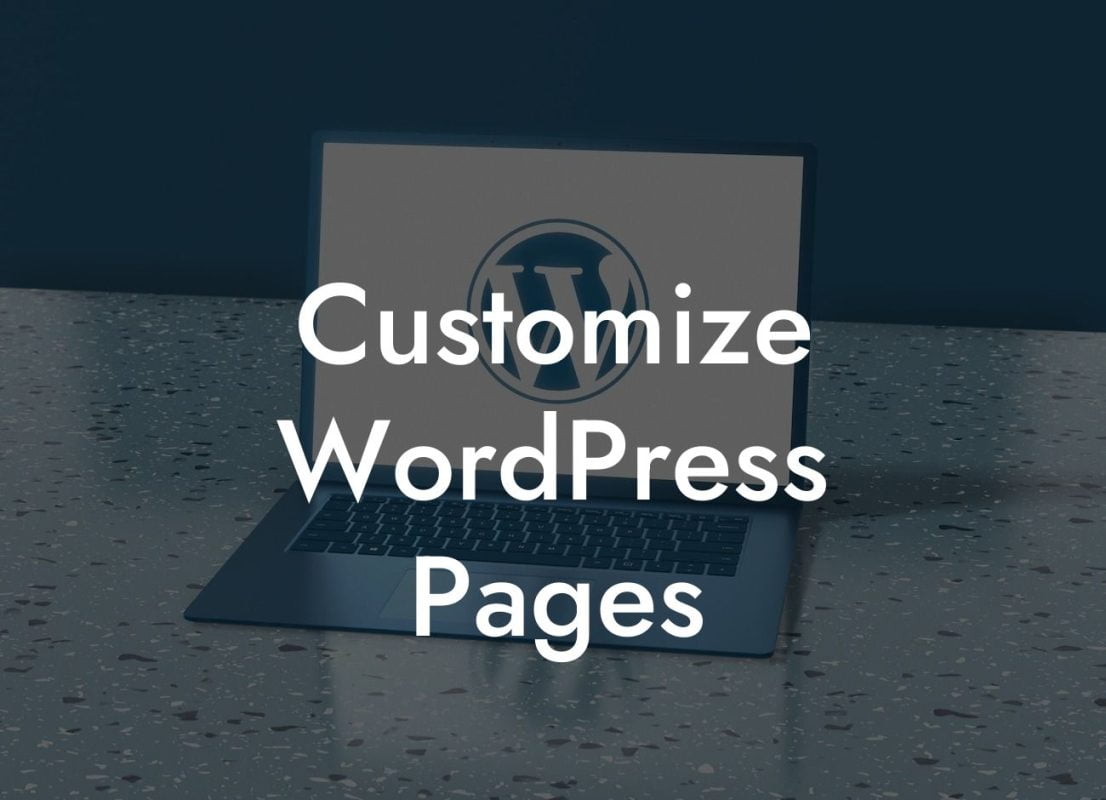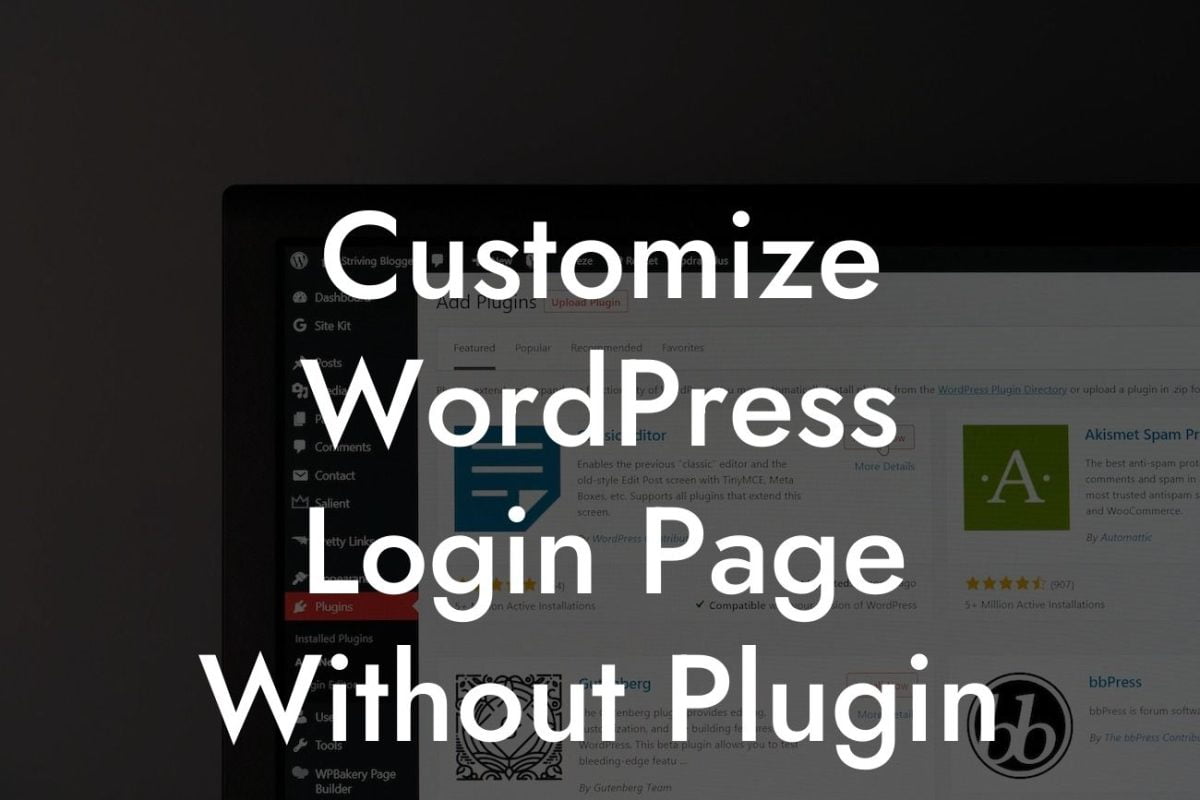In the vast world of WordPress, where customization is key to creating a unique online presence, seemingly small details can make a significant impact on user experience. One such element is the comment form, which allows visitors to engage, share their thoughts, and interact with your content. In this guide, we will walk you through the process of customizing the comment form in WordPress, unlocking new possibilities for enhancing engagement and fostering a thriving online community.
Customizing the comment form in WordPress begins with understanding its structure and functionality. With the flexibility of WordPress, you can tailor the form to suit your website's aesthetic and user experience requirements. Let's dive into the following steps:
1. Understanding the comment form structure and CSS classes:
To customize the comment form, it's essential to have a basic understanding of its underlying structure and CSS classes. By familiarizing yourself with these elements, you will gain more control over the form's appearance and behavior.
2. Modifying the comment form fields:
Looking For a Custom QuickBook Integration?
Take advantage of WordPress' flexibility to tweak the fields within the comment form. Whether you want to add or remove fields such as name, email, or website, this step provides you with the freedom to optimize the form based on your website's needs.
3. Styling the comment form:
Transform the comment form into a visually appealing element that seamlessly integrates with your website's design. Utilize CSS techniques to style the form's layout, colors, typography, and more. With careful consideration and attention to detail, you can create a harmonious and engaging user experience.
4. Implementing conditional logic:
Enhance the comment form's versatility by incorporating conditional logic. Create dynamic form fields and options that adapt based on user choices or specific conditions. This not only improves the user experience but also allows you to gather targeted information from your audience.
Customize Comment Form Wordpress Example:
Imagine you have a photography website where users can leave comments on individual images. By customizing the comment form, you can add an additional field for users to rate the image's quality. This extra information may help you identify the most popular images and enhance your photography skills based on user feedback.
Congratulations! You have successfully learned how to customize the comment form in WordPress. By following these steps and exploring the possibilities, you can elevate user engagement on your website. To further enhance your online presence, consider exploring other helpful guides on DamnWoo and trying out our range of awesome WordPress plugins. Don't settle for mediocrity – embrace the extraordinary with DamnWoo.
Remember to share this article with others who may find it valuable and encourage them to join the conversation on your website through customized comment forms. Stay tuned for more exciting content from DamnWoo as we continue to empower small businesses and entrepreneurs to thrive in the digital world.




